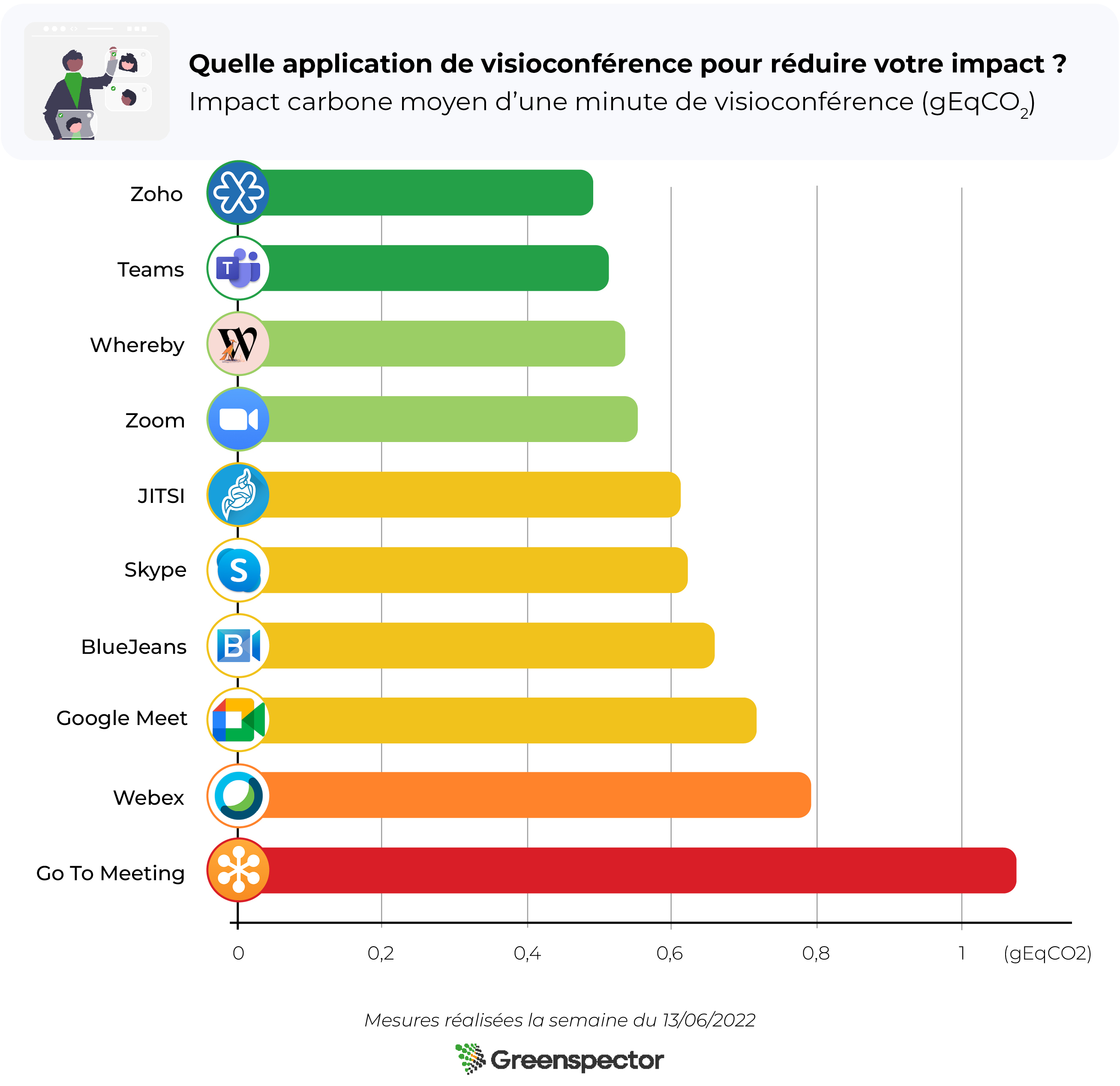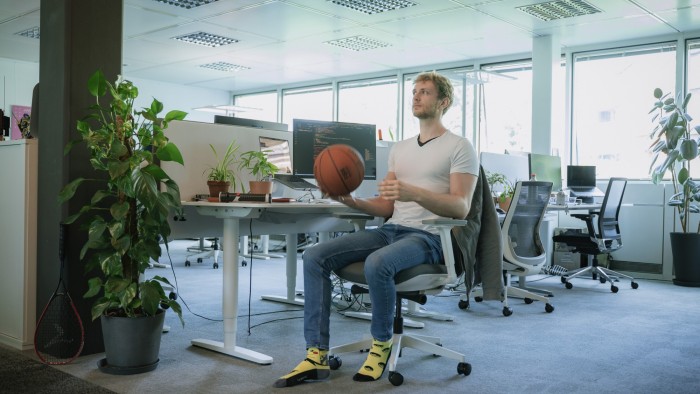Why we prefer audio conferencing to video conferencing
The COVID-19 pandemic has impacted, among others, our office habits. Indeed, even today, many meetings are conducted remotely rather than in person. With our colleagues who are in home office, or who work remotely, with our providers or our customers, video calls are made all day long. We tend to leave our camera on during these calls and yet we should perhaps think about turning it off!

The Environmental Impact of Video Conferencing
Purdue University, Yale University, and the Massachusetts Institute of Technology conducted a study that analyzes the carbon footprint, water consumption, and land impact of increasing internet use. One of the things that comes out of this study, published in January 2021, is that telecommuting has an ecological impact that is relatively large. Here are the numbers to remember for 1 hour of video conferencing or streaming:
- emits 150-1,000 grams of CO2,
- consumes 2-12 liters of water,
- requires an area of land the size of an iPad Mini.
Turning off your camera during a call reduces this ecological impact by 96%.
The most energy-efficient video conferencing tools
Greenspector's ranking in June 2022 compares different video conferencing apps according to their environmental impact.

Their analysis identifies the apps that consume the least energy (mAh) on PC according to 3 scenarios:
- Audio only call
- BlueJeans
- Cisco Webex Meeting
- Google Meet
- Audio and video call
- Zoho Meeting
- Zoom
- Teams
- Audio call and screen sharing
- Zoho Meeting
- Temas
- BlueJeans

Comparing the carbon footprint of a videoconference versus a face-to-face meeting
If remote meetings are polluting, shouldn't we get back into the habit of going to face-to-face meetings?
On average 1 minute of videoconferencing between two people, with audio and camera, consumes 1.10 gEqCO2. Your one hour meeting, with two people, consumes 66 gEqCO2, if there are 4 of you you can double that to 132 gEqCO2. At Atipik, for example, we have a daily meeting that lasts on average 15 minutes with 16 participants, which represents :
- 132 gEqCO2 per day,
- 660 gEqCO2 per week,
- 34320 gEqCO2 per year.
To compare, for trips with various means of transportation, here are some averages:
- airplane 242 g of CO2 /passenger/kilometer
- car average 198 g /passenger/kilometer
- electric car 82g /passenger/kilometer
- train 8g /passenger/kilometer
Source: https://www.mobitool.ch/fr/outils/calculateur-en-ligne-v2-0-15.html
It's up to you to make the calculations for your next meeting!
Finally, as far as turning your camera on or off during remote meetings is concerned, we advise you to turn your camera on only at the beginning of the call. During the first few minutes of the presentation for example. It's up to you to get into the habit of turning off your camera and explaining why to your colleagues or clients!


